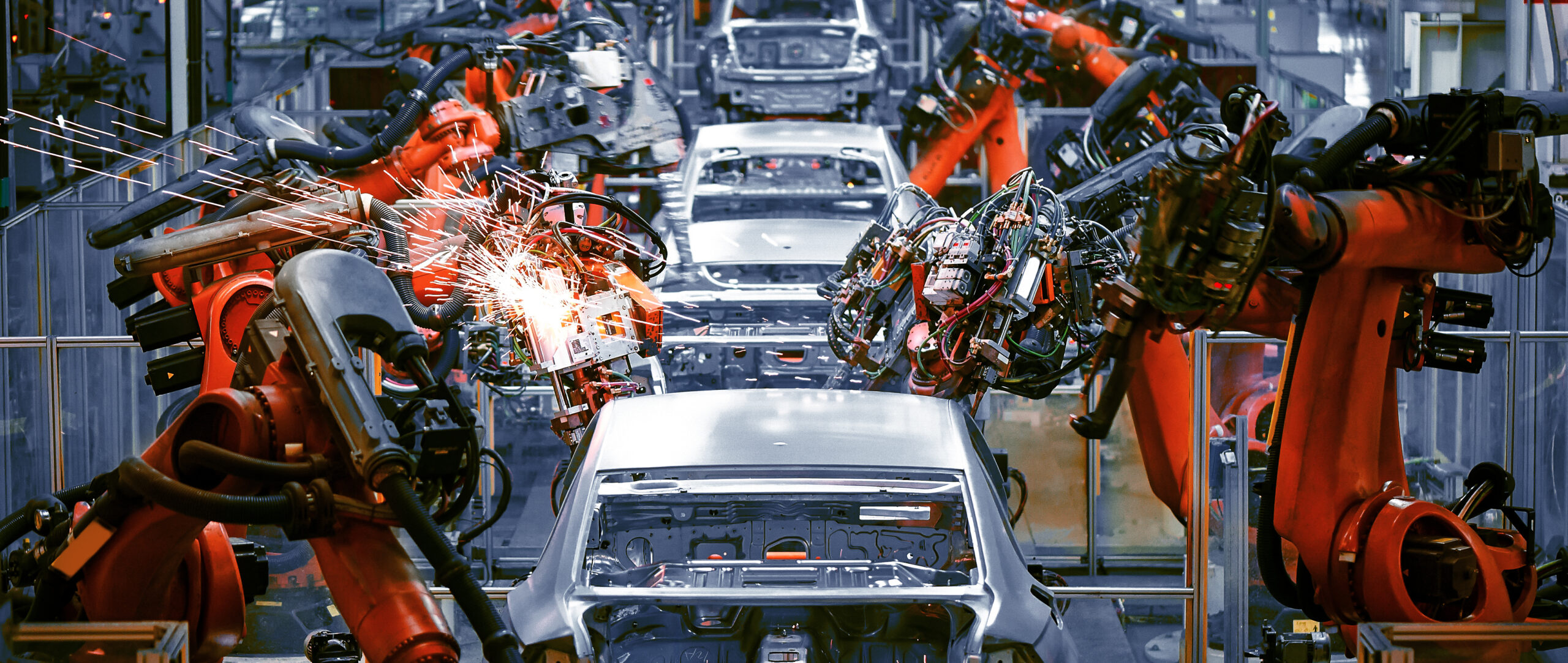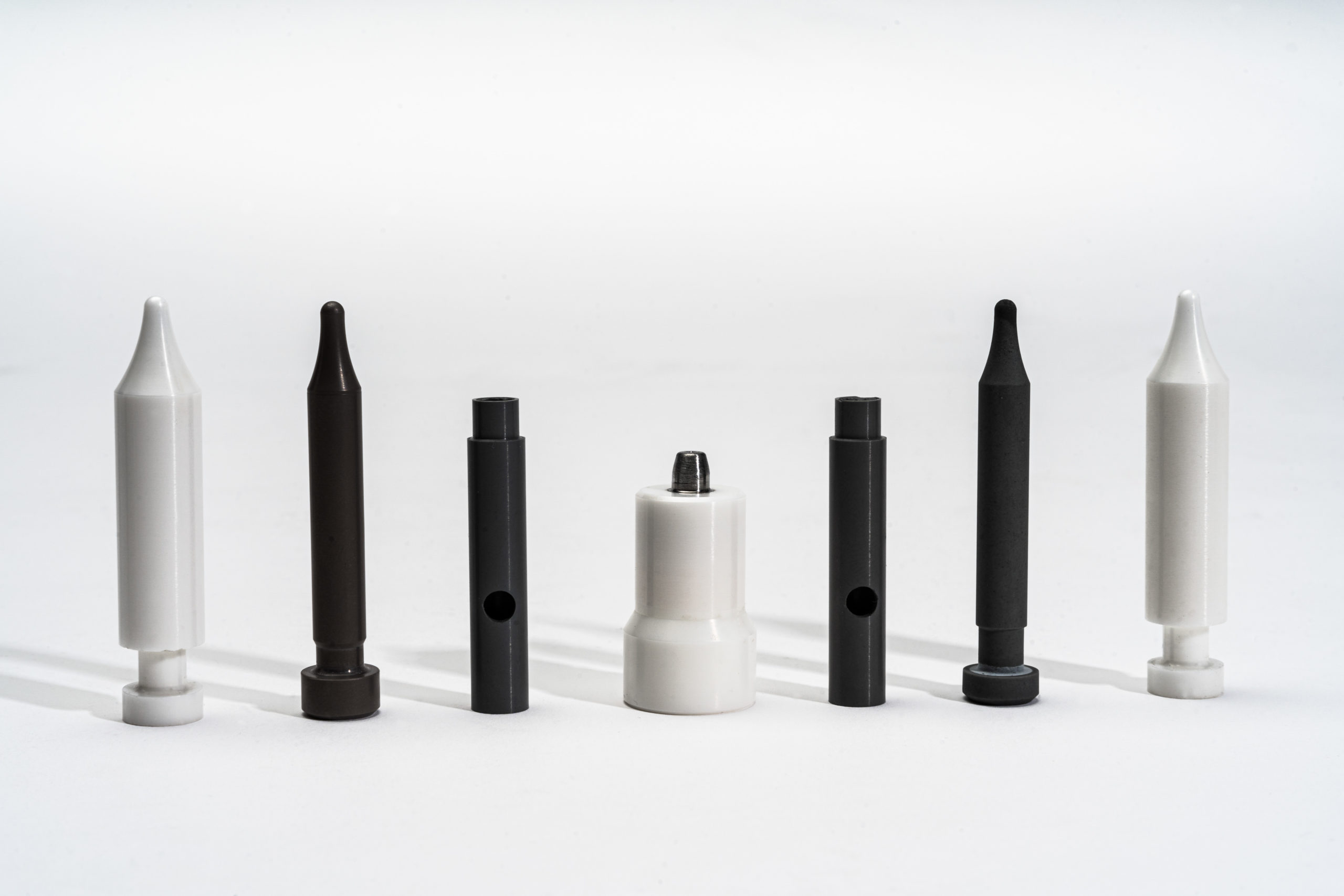Every car on the road is the result of thousands of engineering decisions, some visible and others buried deep within the chassis. Among these, one of the most fundamental choices is how each component is manufactured. Although often overlooked, the decision to manufacture a component from cast or billet aluminium carries long-term consequences for performance, production speed, and cost.
Aluminium has become vital in automotive design, valued for its ability to reduce weight while maintaining structural integrity. But how it’s processed shapes its final properties. Casting and billet machining offer two very different routes to the same destination: a finished component ready to be bolted into a vehicle.
Cast Aluminium Car Parts: Designed for Volume and Structural Complexity
Casting allows molten aluminium to flow into a mold where it solidifies into shape. This process supports the production of complex geometries and integrated features that would be challenging or costly to machine.
Manufacturing considerations for cast aluminium
Tooling investment versus production volume
Manufacturers must determine if the production scale is large enough to offset the upfront cost of mold creation.
Alloy selection based on flow and strength
Specific casting alloys are chosen for their fluidity, resistance to hot cracking, and performance under thermal stress during cooling.
Porosity control and internal consistency
Processes such as degassing, filtering, and directional solidification must be integrated to reduce internal voids and ensure mechanical integrity.
Thermal contraction and dimensional accuracy
Engineers must factor in shrinkage rates to ensure the final part meets specification after solidification.
Where cast aluminium parts are used in vehicles:
- Engine blocks support combustion chambers and direct internal fluid routing.
- Cylinder heads contain pressure and withstand extreme temperatures above the engine block.
- Transmission housings enclose and protect gear assemblies.
- OEM wheels provide structural integrity, reduce weight, and meet visual and performance standards.

Robotic automotive assembly line. Image Credit: Shutterstock.
Billet Aluminium Car Parts: Precision Through Subtractive Manufacturing
Billet aluminium parts are machined from solid blocks of aluminium. Its approach yields stronger, more uniform parts and allows tight tolerances, making it ideal for billet aluminium car parts.
Manufacturing considerations for billet aluminium
Material properties matched to application loads
The selected alloy must support specific stress profiles and thermal conditions that billet aluminium car parts are exposed to in real-world use.
Machining strategy and tooling setup
Efficient CNC programming and accurate fixturing are essential to reduce cycle times and maintain dimensional accuracy.
Lightweighting and material efficiency
Engineers must identify where to remove material in billet aluminium car parts without sacrificing strength. They achieve this through design features like pockets and structural ribs.
Tool wear and heat management
Manufacturing teams should manage tool selection, cutting speeds, and cooling systems to reduce tool fatigue and maintain consistency.
Post-machining surface protection
Anodising, polishing, or coating is often required to protect the surfaces of billet aluminium car parts and achieve a refined appearance.
Where billet aluminium components are used in vehicles:
- Suspension arms carry dynamic loads and demand high strength with low flex.
- Steering knuckles and hubs control wheel direction and alignment in performance builds.
- Engine brackets and mounts secure vital systems in place while resisting stress from torque and vibration.
- Valve covers and pulleys provide functional precision and visual refinement in custom or high-performance builds.
Matching Process to Purpose
Casting and billet aluminium machining are not interchangeable solutions. Each has strengths that align with different production goals and performance requirements.
Choose casting when:
- The part requires complex internal geometries, such as fluid channels or integrated mounting points.
- Production scale justifies tooling investment and favors high output.
- Moderate strength and good heat dissipation are sufficient for the application.
Choose billet aluminium machining when:
- A design needs to endure cyclic stress or directional loads with minimal deformation.
- Dimensional tolerances must remain consistent in short production runs or prototypes.
- Customisation, performance, or material reliability take priority over production volume.
This decision is based on where the part fits within the larger system, how many are needed, and what conditions it must endure in use.

Silicon nitride thermocouple protection tubes. Image Credit: International Syalons (Newcastle) Ltd.
Ceramic Components That Drive Automotive Manufacturing
While aluminium is the foundation of the part, its production reliability often depends on materials behind the scenes. Ceramic components play a crucial role in supporting the manufacturing systems behind cast and billet aluminium car parts. In casting, sialon heater and riser tubes help control molten aluminium. Their use improves consistency and reduces impurities in components like engine blocks and transmission housings.
These same materials also contribute to precision in later stages. Ceramic weld location pins maintain part alignment during resistance welding, critical for assembling suspension arms and structural brackets. Even in billet aluminium preparation, ceramic extrusion dies support dimensional control and tool longevity. Together, they help maintain the quality and repeatability car part production depends on.

Ceramic weld location pins. Image Credit: International Syalons (Newcastle) Ltd.
A Decision That Defines the Part
Choosing between casting and billet aluminium machining is more than a technical formality. It depends on the part’s structural demands, the precision required during use, and how often it needs to be reproduced.
When manufacturers align material and process with the specific demands of the component, everything from consistency and strength to scalability and cost becomes easier to control. With ceramic tooling supporting these systems, production becomes more resilient, capable, and ready to meet the demands of the automotive industry.
Connect with International Syalons to learn how advanced ceramics can enhance your aluminium casting or billet machining operations.
